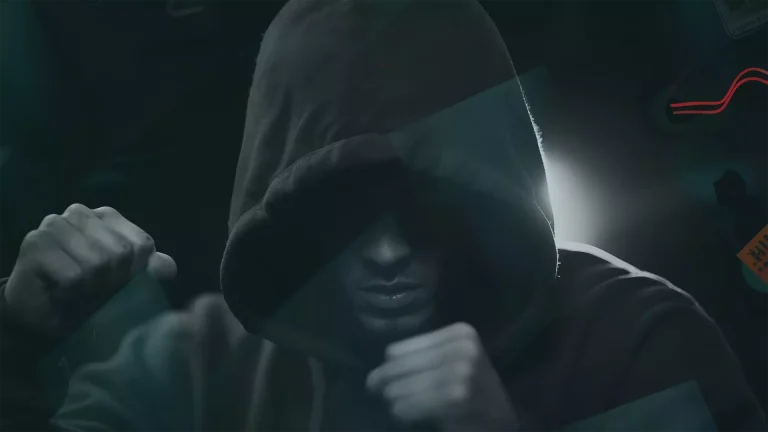Custom Clothes: The Ultimate Guide to Custom Clothes Customization
In today’s fashion industry, custom clothes customization is more than just a trend—it’s a way to stand out and make a statement. Custom clothes customization allows individuals and brands to showcase their unique identity through custom colors, embroidery, printing techniques, and fabric finishes. Whether you’re launching a custom clothes brand, designing a signature piece, or simply exploring new ways to express your style, understanding the key elements of custom clothes customization is essential.
In this guide, we’ll cover everything you need to know about custom color matching, embroidery designs, printing techniques, and fabric finishing methods to help you create high-quality custom clothes.
Why Consider Custom Clothes Customization?
1. Custom Clothes Customization: Color Options to Bring Your Vision to Life
Color is the foundation of any clothing design. Custom color matching allows you to create fabrics in any shade by providing a Pantone color code. This ensures consistency across all your products, making it ideal for businesses aiming for a cohesive brand identity. For personal customization, choosing a unique color lets you create a signature style that stands out.
- Direct Answer: Custom color matching is essential for creating a consistent and unique color scheme for your brand’s custom clothing products.
How to Choose the Right Custom Color:
- Step 1: Choose a Pantone color code that aligns with your brand’s identity.
- Step 2: Provide this code to your manufacturer for exact color matching.
- Step 3: Ensure consistency by testing color samples on fabric before production.
2. Custom Clothes Customization: Embroidery for a Touch of Elegance
Embroidery brings a premium and timeless look to custom clothes. Whether it’s logo embroidery for branding or personalized monograms for a unique touch, this customization method enhances the garment’s aesthetic and durability. The choice of thread colors, textures, and stitching styles further expands design possibilities. High-quality embroidery can elevate custom clothes like hoodies, jackets, caps, and shirts, making them perfect for both businesses and personal collections.
- Direct Answer: Embroidery adds a sophisticated, high-end touch to your custom apparel, ensuring durability and enhancing your brand’s visibility.
How to Embroider Custom Designs:
- Step 1: Choose your design (logo, text, or image).
- Step 2: Select thread colors that match your design and brand identity.
- Step 3: Use high-quality stitching to ensure durability and clarity.
3. Custom Clothes Customization: Endless Creative Printing Possibilities
Custom printing is one of the most versatile ways to personalize clothes. Whether you are working with custom clothes for a brand or seeking custom clothes customization for individual style, different printing techniques can be used depending on the fabric and design complexity:
Printing Techniques:
- Screen Printing: Best for large-scale production, offering vibrant colors and durability.
- Digital Printing (DTG): Ideal for complex, high-resolution designs with multiple colors.
- Foil Printing: Adds a metallic, premium look to fabrics.
- Glow-in-the-Dark & Thermal Printing: Creates interactive and dynamic designs.
Choosing the right printing technique ensures your designs remain vibrant and long-lasting.
- Direct Answer: Select the printing technique that best fits your design and production needs to achieve the desired result.
How to Choose the Right Printing Technique:
- Step 1: Evaluate your design complexity (e.g., intricate designs may require DTG).
- Step 2: Consider fabric type (e.g., screen printing works well on cotton).
- Step 3: Choose the technique that offers the best color retention and durability.
4. Custom Clothes Customization: Washing & Finishing for Trendy Washes That Enhance Texture and Appearance. Popular techniques include:
- Stone Washing & Enzyme Washing: Creates a vintage or distressed look.
- Bleaching & Acid Washing: Produces unique faded effects.
- Mercerizing: Gives cotton fabrics a shinier, softer, and more luxurious finish.
By selecting the right finishing method, you can add a unique touch to your custom clothes while improving their quality and comfort. Custom clothes customization ensures your garments reflect your vision, whether for personal wear or business branding.
- Direct Answer: The washing and finishing techniques used on your custom apparel can significantly affect both the look and feel of the garment.
How to Apply Fabric Finishing Techniques:
- Step 1: Choose the finishing effect you want (e.g., stone wash for a vintage look).
- Step 2: Work with your supplier to apply the chosen technique during production.
- Step 3: Test fabric samples to ensure the finish meets your expectations.
Frequently Asked Questions (FAQ)
1. What is the best way to customize my clothing?
Direct Answer: It depends on your brand’s needs. Custom color matching, embroidery, and printing are popular techniques that enhance both the aesthetic and durability of custom hoodies and apparel.
2. How do I choose the right printing technique for my design?
Direct Answer: Evaluate your design’s complexity, fabric type, and desired finish. For intricate designs, DTG is ideal, while screen printing works best for larger quantities.
3. Can I apply custom finishes to all types of fabric?
Direct Answer: While most fabrics can be customized with washing and finishing techniques, some materials may not be suitable for all methods. Always test fabric samples first.
4. How does embroidery enhance my clothing brand?
Direct Answer: Embroidery adds a premium touch to bespoke apparel, elevating the garment’s aesthetic and reinforcing your brand’s identity.
Comparison Table: Customization Methods
| Color Matching | Uniform color across all products | Consistency, Brand Identity | Limited color options |
| Embroidery | Logos, Monograms, High-End Designs | Durability, Premium Aesthetic | More expensive than printing |
| Screen Printing | Large Orders, Bold Designs | Durability, Vibrant Colors | Limited to fewer colors and designs |
| Digital Printing (DTG) | Complex, Multi-Color Designs | High-Resolution, Detailed Designs | Slower than screen printing for large orders |
| Washing & Finishing | Vintage, Distressed Looks, Soft Fabrics | Enhanced Texture, Unique Looks | Can be costlier with high-volume orders |
Conclusion
Custom clothes customization is a powerful way to express your brand’s identity and stand out in the fashion industry. By understanding the principles of custom clothes customization—color, embroidery, printing, and fabric finishing—you can create high-quality garments that resonate with your audience. Whether you’re producing custom hoodies for your clothing line or creating a signature piece, professional custom clothes customization techniques will elevate your apparel and ensure it meets the highest standards of durability and style.


